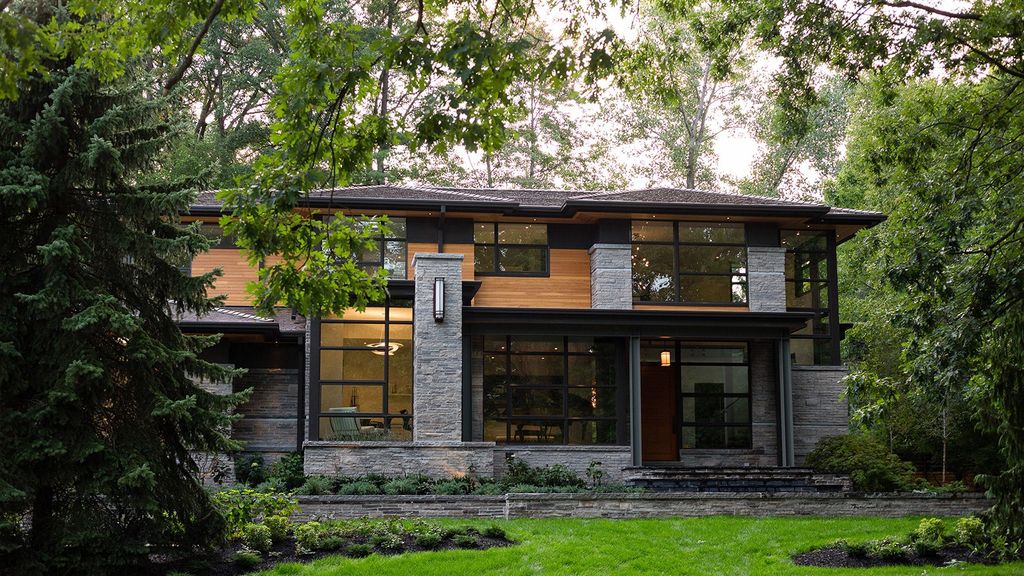Miami, a vibrant city known for its stunning beaches, rich culture, and eclectic architecture, is home to a diverse array of architectural talent. From modern skyscrapers that define the skyline to charming historical buildings that reflect the city’s heritage, Miami architects play a crucial role in shaping the urban landscape. This article delves into the dynamic world of Miami architects, highlighting their unique styles, notable projects, and contributions to the city’s architectural identity.
A Fusion of Styles
Miami’s architectural scene is characterized by a fusion of styles that reflect its multicultural influences. Architects in the city often blend elements of Art Deco, Mediterranean Revival, and contemporary design to create innovative spaces. The Art Deco Historic District in South Beach is a prime example, showcasing pastel-colored buildings with geometric shapes and decorative motifs that date back to the 1920s and 1930s. Architects in Miami continue to draw inspiration from this iconic style while incorporating modern techniques and materials.
Notable Miami Architects
Several architects have made significant contributions to Miami’s architectural landscape, each bringing their unique vision to the city:
- Zaha Hadid: Renowned for her futuristic designs, Hadid’s influence can be seen in the iconic One Thousand Museum, a striking residential tower that features a sculptural façade and cutting-edge technology.
- Frank Gehry: Known for his deconstructivist style, Gehry’s influence is evident in the design of the New World Center, a performance venue that redefines the concert hall experience with its innovative architecture and vibrant exterior.
- Bjarke Ingels: The founder of Bjarke Ingels Group (BIG), Ingels has gained recognition for his sustainable designs. The Grove at Grand Bay, featuring two twisting residential towers, exemplifies his commitment to environmental consciousness and modern living.
- Kobi Karp: A local favorite, Kobi Karp’s firm specializes in hospitality and residential architecture. His projects, such as the Hilton Miami Downtown, reflect Miami’s luxurious lifestyle while maintaining functionality and aesthetics.
Sustainable Practices
As Miami faces challenges such as rising sea levels and climate change, many architects are prioritizing sustainability in their designs. Incorporating green building practices, energy-efficient systems, and environmentally friendly materials, Miami architects are committed to creating resilient structures that contribute to a sustainable future.
Notable projects include the LEED-certified Pérez Art Museum Miami (PAMM), which not only showcases contemporary art but also emphasizes ecological responsibility through its design and landscaping. Architects are increasingly considering the environmental impact of their projects, promoting a harmonious balance between urban development and nature.
The Future of Miami Architecture
The future of Miami’s architectural landscape is bright, with ongoing developments that promise to redefine the city’s skyline. Emerging architects and firms are embracing innovative technologies and design methodologies to create spaces that resonate with the community while pushing the boundaries of creativity.
From luxury condos and hotels to community-centric spaces, Miami architects are poised to shape the city’s identity for generations to come. As urbanization continues and the demand for innovative solutions grows, these architects will play a pivotal role in ensuring Miami remains a thriving hub of architectural excellence.

